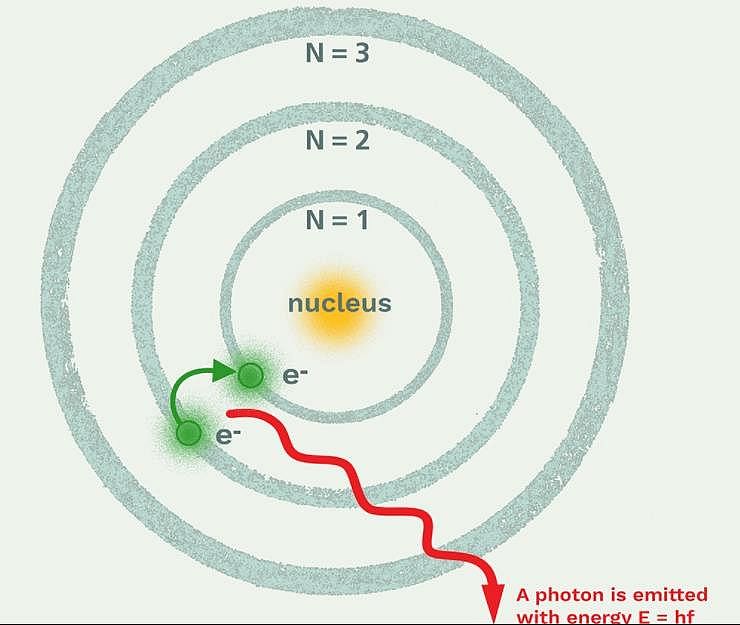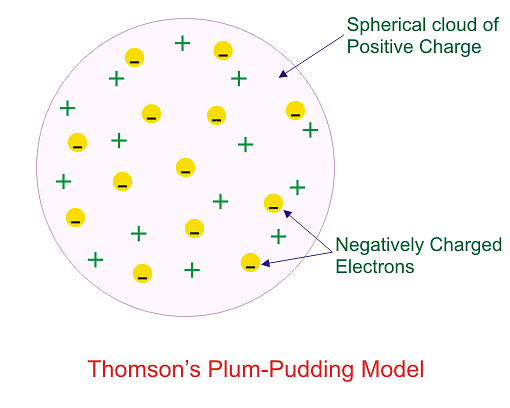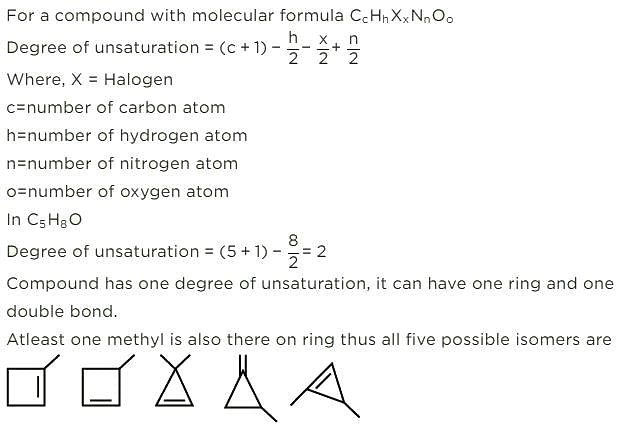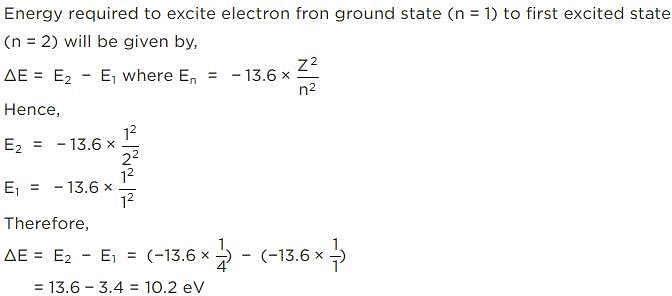Chemistry: Topic-wise Test- 7 - NEET MCQ
30 Questions MCQ Test NEET Mock Test Series 2025 - Chemistry: Topic-wise Test- 7
If the kinetic energy of an electron is increased four times, the wavelength of the de-Broglie wave associated with it would become
Calculate the wavelength (in nanometer) associated with a proton moving at 1.0×103ms-1 (Mass of proton = 1.67×10-27kg and h = 6.63×10-34Js)
The maximum number of atomic orbitals associated with a principal quantum number 5 is
Which model describes that there is no change in the energy of electrons as long as they keep revolving in the same energy level and atoms remains stable?
A sub-shell with n = 6 , l = 2 can accommodate a maximum of
Passage II
For the following,
Q.
pH of the solution in the half-cell containing 0.02 HA is(HA is a weak monobasic acid)
Passage II
For the following,
Q.
pKa of the weak monobasic acid is
One Integer Value Correct Type
This section contains 3 questions, when worked out will result in an integer value from 0 to 9 (both inclusive)
Q.
For the following cell with metal X electrodes,
Ecell = -0.028 V at 298 K, if there is no liquid juncton potential,valency of X is.......
Passage II
Given molar conductance of 0.001 M NH4OH solution at 298K = 3.0 x 10-3Sm2mol-1.
Limiting molar conductance of
aq. NH4CI = 1.50 x 10-2Sm2mol-1
aq. NaCl = 1.26 x 10-2Sm2 mol-1
and aq. NaOH = 2.48 x 10-2 Sm2 mol-1
Q.
pKb of NH4OH is
One Integer Value Correct Type
This section contains 2 questions, when worked out will result in an integer value from 0 to 9 (both inclusive)
Q.
0.01 M aqueous solution of a dibasic acid is diluted to 0.004N such that equivalent conductance is x times.What is the value of x?
The internationally recommended unit for conductance is
The cell constant G* is calculated by the expression:
One Integer Value Correct Type
This section contains 3 questions, when worked out will result in an integer value from 0 to 9 (both inclusive)
Q.
A platinum electrode is immersed in a solution containing 0.1 M Fe2+ and 0.1 M Fe3+.It iscoupled with SHE.Concentration Fe3+ of increased to 0.1 M without change in [Fe2+], then the change in EMF (in centivolt) is
Using Cr2O72- aqueous, solution
E0red = 1.33V and ΔG0 = -770.07 kJmol-1
What is the valency of the ion formed after reduction?
The molecular formula C5H12 contains how many isomeric alkanes?
How many cycloalkene isomers exist for C5H8 which contain at least one methyl locant directly present on the ring?
Which of the following compounds will exhibit cis-trans isomerism?
Direction (Q. Nos. 1-18) This section contains 18 multiple choice questions. Each question has four
choices (a), (b), (c) and (d), out of which ONLY ONE option is correct.
Q.
The correct statement regarding a chiral compound is
The number of optically active optical isomers of the compound is:

A hydrocarbon X is optically. X upon hydrogenation gives an optically inactive alkane Y. Which of the following pair of compounds can be X and Y respectively?
Direction (Q. Nos. 1-13) This section contains 13 multiple choice questions. Each question has four
choices (a), (b), (c) and (d), out of which ONLY ONE option is correct.
Q.
Which among the following defines Meso forms of isomers
In which type of projection we can get staggered and eclipsed conformations?
Direction (Q. Nos. 1 - 6) This section contains 6 multiple choice questions. Each question has four
choices (a), (b), (c) and (d), out of which ONLY ONE option is correct.
Q.
A pure enantiomer with molecular formula C6H13OBr, when reacted with PBr3, an achiral product C6H12Br2 is obtained that has no chiral carbon. The compound which satisfy this condition could be (no bond to chiral carbon is broken during the reaction)
Optical rotation of a newly synthesised chiral compound is found to be +60°. Which of the following experiment can be performed to establish that optical rotation is not actually -300°?
How many stereoisomers exist for the compound 4-(1- propenyl) cyclohexane ?
If the ionisation energy of hydrogen atom is 13.6 eV, the energy required to excite it from ground state to the next higher state is approximately
|
1 videos|26 docs|111 tests
|





























